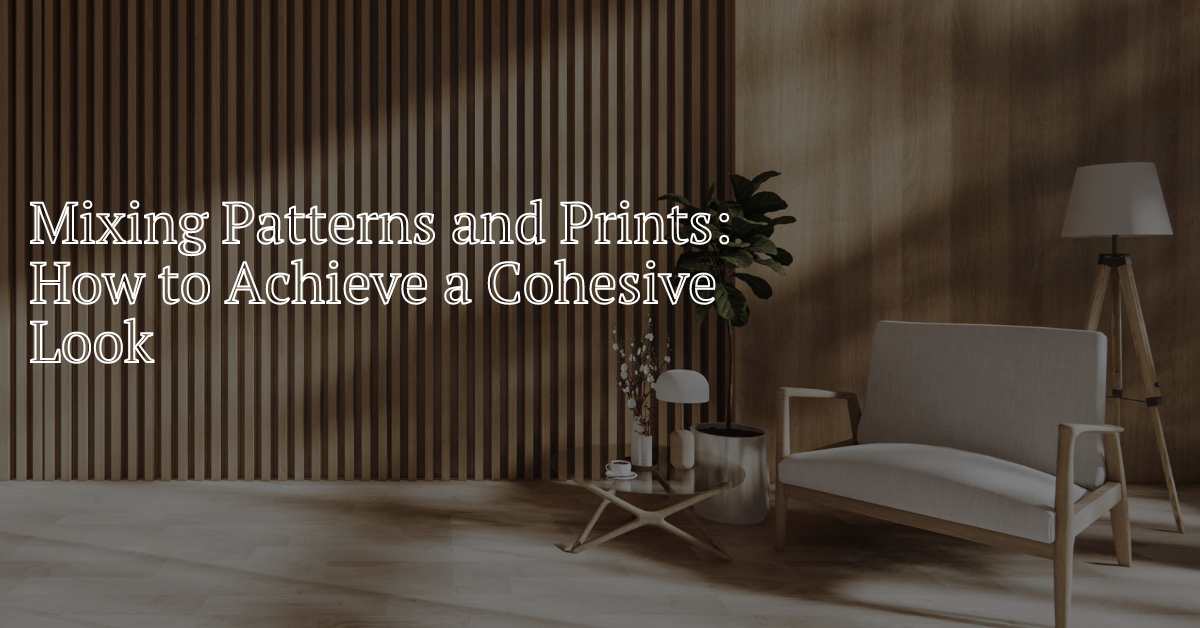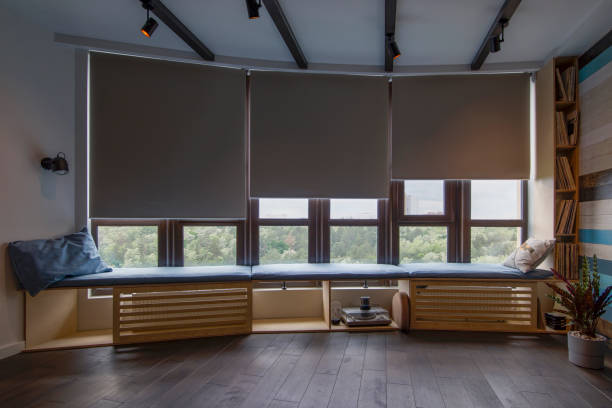
Mixing patterns and prints in interior design can be both exciting and daunting. When done right, it can add depth, personality, and vibrancy to a space. However, achieving a cohesive look requires a keen eye and an understanding of design principles. The best interior designers have mastered this art, creating harmonious environments that feel balanced and intentional. Here’s how you can mix patterns and prints like a pro.
Understanding the Basics
Before diving into mixing patterns and prints, it’s essential to understand the basics of patterns. Patterns can be categorized into various types, including geometric, floral, stripes, checks, and abstract designs. Each type has its unique characteristics and visual impact. The key to mixing them effectively is to ensure they complement rather than compete with each other.
Start with a Color Palette
One of the most critical steps in mixing patterns is establishing a cohesive color palette. Choose a color scheme that includes two to three primary colors and a couple of accent shades. This palette will serve as the foundation for all your pattern choices, ensuring that even diverse prints work together harmoniously.
Vary the Scale of Patterns
Varying the scale of patterns is a crucial technique used by the best interior designers in Chennai. Combining different scales-small, medium, and large-prevents the patterns from overwhelming each other and creates a balanced look. For instance, if you have a large floral pattern on a sofa, complement it with medium-sized geometric prints on cushions and smaller, subtle prints on accessories like rugs or curtains.
Balance Bold with Subtle
Achieving a cohesive look often involves balancing bold patterns with more subtle ones. If you have a statement piece with a vibrant, eye-catching print, pair it with quieter, less dominant patterns. This approach allows the bold pattern to stand out without overpowering the space. For example, a bold, patterned wallpaper can be balanced with solid-colored furniture and delicate patterned cushions.
Consider Texture
Texture plays a significant role in mixing patterns and prints. Incorporating different textures can add depth and interest to a space. The best interior designers often mix smooth, shiny fabrics with rough, matte ones to create a rich, layered look. For example, pair a plush velvet sofa with a silk cushion and a chunky knit throw. This textural contrast can enhance the visual appeal and make the space feel more cohesive.
Use Neutral Backgrounds
Neutral backgrounds provide a calm canvas for mixing patterns and prints. Walls painted in neutral shades like white, beige, or gray allow the patterns to shine without clashing. Similarly, neutral-colored large furniture pieces can ground the space, giving you more flexibility to play with patterned accessories.
Repeat Patterns Strategically
Repetition is a powerful tool in interior design. Repeating a pattern in different areas of a room can create a sense of unity and cohesiveness. For instance, if you have a striped rug, consider incorporating stripes in smaller elements like cushions or lampshades. This repetition ties different parts of the room together, making the overall design feel intentional and cohesive.
Trust Your Instincts and Experiment
While rules and guidelines are helpful, personal taste and intuition play a crucial role in mixing patterns and prints. The best interior designers often rely on their instincts to experiment with different combinations. Don’t be afraid to mix patterns that you love, even if they don’t traditionally go together. Sometimes, the most unexpected combinations can result in a stunning, unique look.
Seek Inspiration
If you’re unsure where to start, seek inspiration from design magazines, websites, and social media. Observing how professional designers mix patterns and prints can give you ideas and boost your confidence. Pay attention to how they use color, scale, and texture to create cohesive looks.
Consult the Best Interior Designers
If mixing patterns and prints feels overwhelming, consulting with a professional can be invaluable. The best interior designers have the expertise to create harmonious, aesthetically pleasing spaces that reflect your personal style. They can provide guidance, offer fresh ideas, and help you avoid common pitfalls, ensuring that your home looks cohesive and well-designed.
Conclusion
Mixing patterns and prints is an art that, when mastered, can elevate the design of any space. By starting with a cohesive color palette, varying the scale of patterns, balancing bold and subtle designs, and incorporating different textures, you can achieve a harmonious look. Remember to trust your instincts, seek inspiration, and consider consulting with the best Interior Designers in Chennai for professional advice. With these tips, you’ll be well on your way to creating a vibrant, cohesive space that reflects your unique style.









